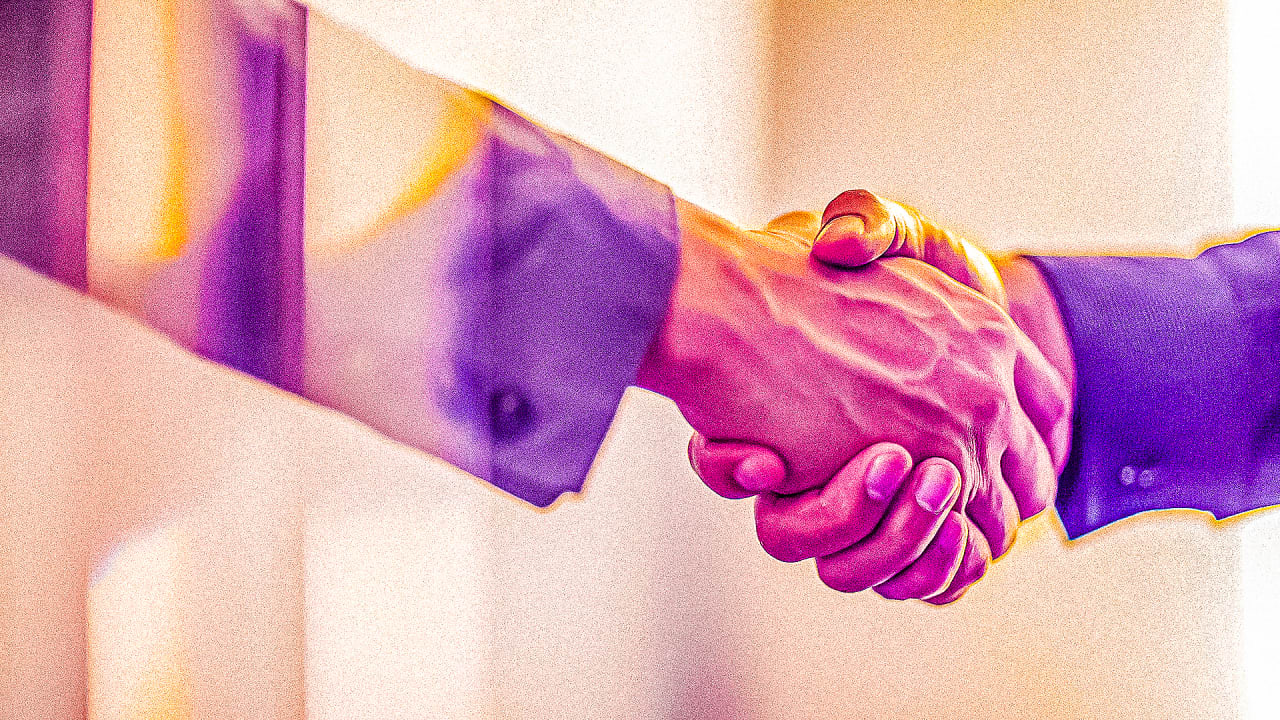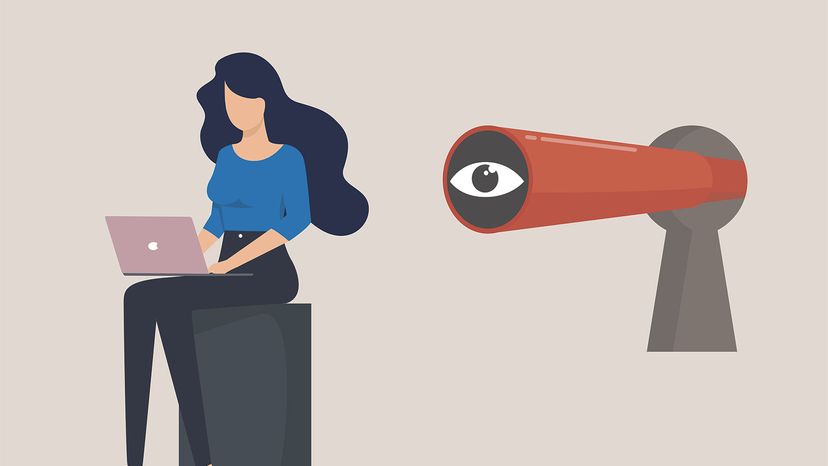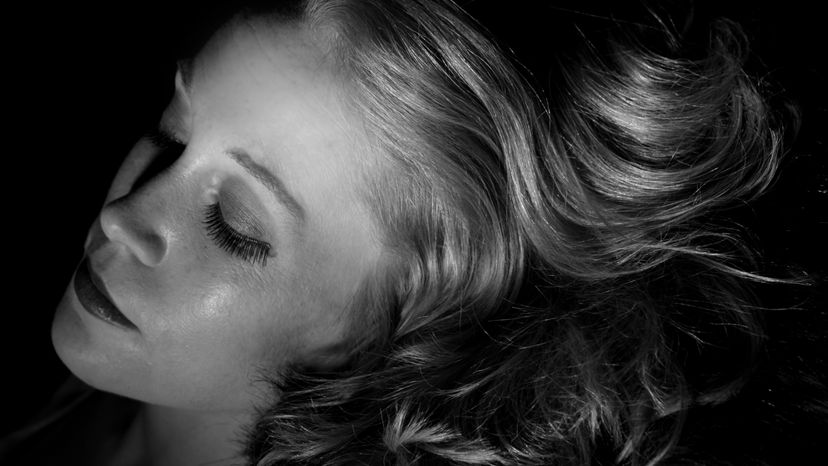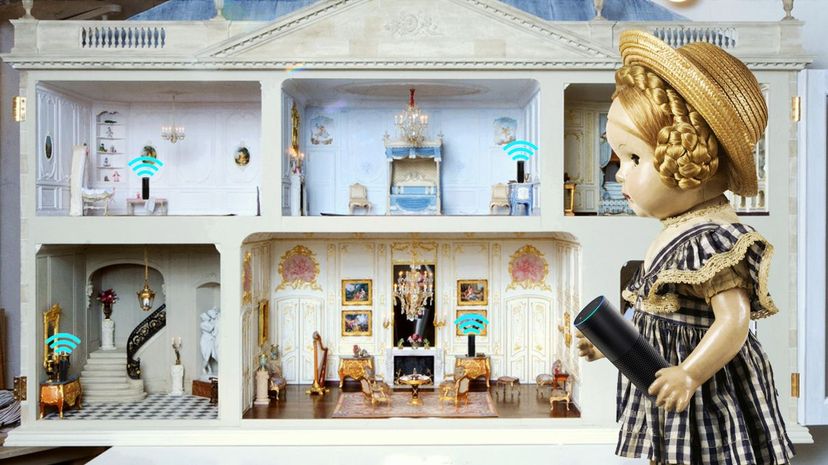
When you go into a negotiation, it’s natural to want to win. It can be uncomfortable to back down or give up something, but having an either/or mentality can hinder what’s possible, says Wendy Smith, coauthor of Both/And Thinking: Embracing Creative Tensions to Solve Your Toughest Problems. Humans default to either/or psychologically because we want a clear choice, she explains.
“An open decision can leave you feeling anxious and uncertain,” she says. “Uncertainty raises fears, and by making a clear choice, you quell those fears.”
There’s also a lot of ego in choices. “In either/or thinking, we want to be right,” says Smith. “If I’m right, somebody else must be wrong. We look at what’s good about our point of view, we surround ourselves with others who agree with us, and then we diminish the other side. It’s a very defensive reaction, and we fail to see that there could be multiple pieces that are right, even if they conflict in what they’re saying.”
Both/And Approach
Getting to broader truth requires listening to one another, putting the pieces together, and realizing that there are different ways to see a situation and value the differences. Smith calls it a “both/and” approach and getting to this place is a lifelong practice of pausing and shifting.
“Either/or might lead to some good short-term decisions, but in the long term, it’s limited at best and detrimental at worst,” says Smith. “‘Both/anding’ is a better alternative. It’s not easy to do, but it creates more creative and sustainable solutions.”
The first step is noticing our either/or questions or situations. Next, pause, shift, and invite them both to be right. For example, a question may be, “Do we spend money on this project or that project?”
“Pause and ask, ‘How can we address and enable both this and that together?'” says Smith. “That opens up new ways of just engaging with the question. Psychologist Paul Watson once said, ‘The problem is not the problem. The problem is how we think about the problem.’ If we frame an either/or, we will go down the road of trying to make a choice. If we frame both/and, we will expand the possible solution set.”
Getting to a Trade-off
With a both/and approach, you still have to make choices, says Smith.
“Some people will say, ‘Both/anding is all about the win/win.’ We actually don’t find that,” she says. “What we find is that sometimes both/anding is making small choices over time that allow you to accommodate both. It’s about accommodating trade-offs.”
Making effective trade-offs requires an ability to look at the big picture, managing for today and for tomorrow.
“The metaphor we use is tightrope walking,” says Smith. “If you look off into the horizon, you’re going to want to move forward. But to get there, you have to make micro shifts between left and right to balance. You’re also not overemphasizing one side and [underemphasizing] the other, because if you do you fall over. These micro trade-offs you’re making are in service of the broader, integrated, more holistic vision.”
Smith says trade-offs are dilemmas. “By shifting to think about underlying paradoxes and the potential for both/and, it shifts how we can then go back and respond to those dilemmas or trade-offs. Those dilemmas are chosen,” she says. “For example, if you think about political trade-offs, right now we’re stuck in an either/or world of polarization where everybody’s fighting for their position. But we’re not getting to a better point in the big picture.”
Taking a both/and approach can be applied to any part of your life when you stop to recognize the either/or questions and the situations you encounter, she adds.
“Let’s stop thinking about ‘I’m right and you’re wrong,’ and pause and listen,” Smith says. “It doesn’t mean we have to agree with the other person. But by stopping and listening, maybe we can learn something and work together to come up with something better.”




